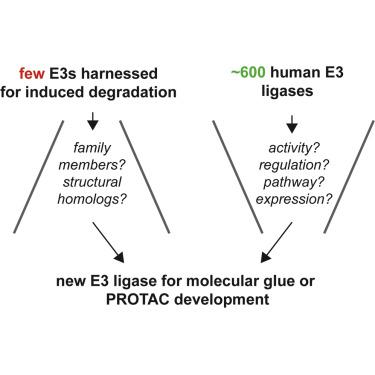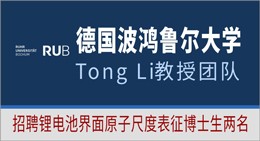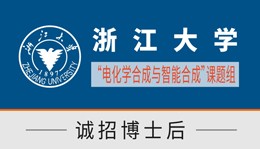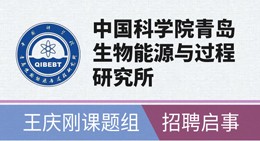Cell Chemical Biology ( IF 6.6 ) Pub Date : 2021-04-22 , DOI: 10.1016/j.chembiol.2021.04.002
Predrag Jevtić 1 , Diane L Haakonsen 1 , Michael Rapé 1

|
Induced protein degradation accomplishes elimination, rather than inhibition, of pathological proteins. Key to the success of this novel therapeutic modality is the modification of proteins with ubiquitin chains, which is brought about by molecular glues or bivalent compounds that induce proximity between the target protein and an E3 ligase. The human genome encodes ∼600 E3 ligases that differ widely in their structures, catalytic mechanisms, modes of regulation, and physiological roles. While many of these enzymes hold great promise for drug discovery, few have been successfully engaged by small-molecule degraders. Here, we review E3 ligases that are being used for induced protein degradation. Based on these prior successes and our growing understanding of the biology and biochemistry of E3 ligases, we propose new ubiquitylation enzymes that can be harnessed for drug discovery to firmly establish induced protein degradation as a specific and efficient therapeutic approach.
中文翻译:

小分子诱导蛋白质降解星系的 E3 连接酶指南
诱导的蛋白质降解实现了病理蛋白质的消除,而不是抑制。这种新型治疗方式成功的关键是用泛素链修饰蛋白质,这是由分子胶或二价化合物引起的,这些化合物诱导目标蛋白质与 E3 连接酶之间的接近。人类基因组编码约 600 种 E3 连接酶,它们在结构、催化机制、调节模式和生理作用方面存在很大差异。虽然这些酶中的许多对药物发现有很大的希望,但很少有小分子降解剂成功地参与其中。在这里,我们回顾了用于诱导蛋白质降解的 E3 连接酶。基于这些先前的成功以及我们对 E3 连接酶生物学和生物化学的日益了解,

































 京公网安备 11010802027423号
京公网安备 11010802027423号